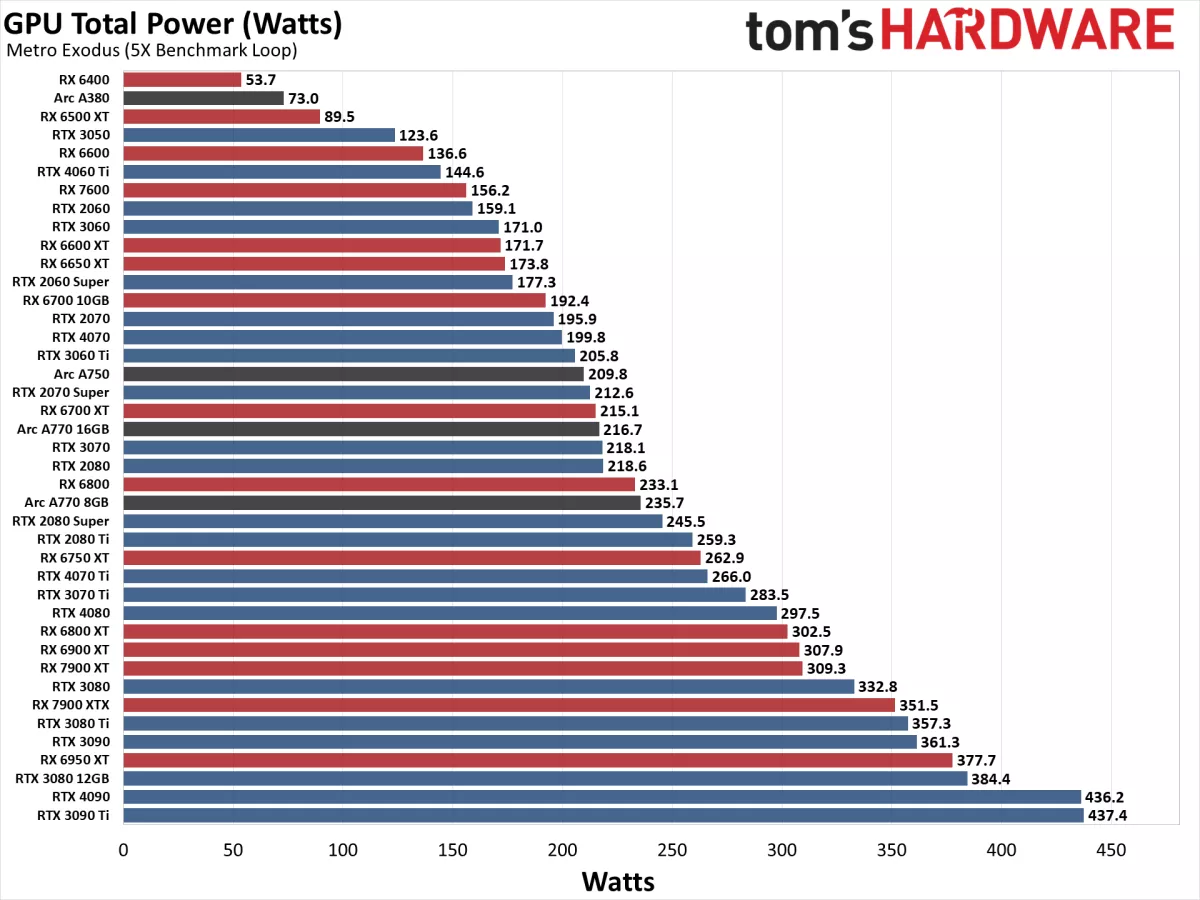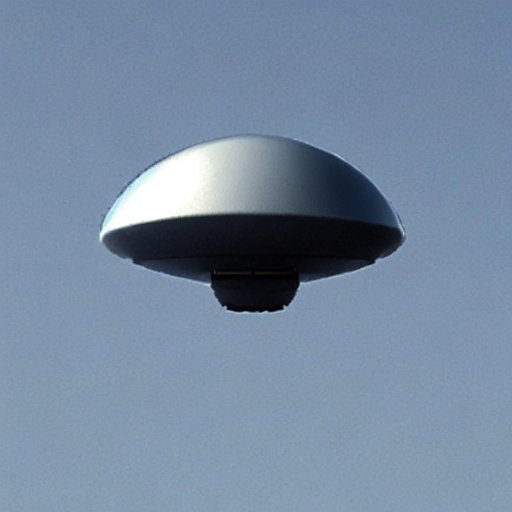"Intel’s Arc A770 and A750 were decent at launch, but over the past few months, they’ve started to look like some of the best graphics cards you can buy if you’re on a budget. Disappointing generational improvements from AMD and Nvidia, combined with high prices, have made it hard to find a decent GPU around $200 to $300 — and Intel’s GPUs have silently filled that gap.
They don’t deliver flagship performance, and in some cases, they’re just straight-up worse than the competition at the same price. But Intel has clearly been improving the Arc A770 and A750, and although small driver improvements don’t always make a splash, they’re starting to add up."
It was extremely close between the 6700xt and the A770 for me when I was picking my GPU for my virtualized windows gaming PC. The only reason I went with the 6700xt was because I knew it’d work. I think if Intel sticks this out and actually releases some new cards, they could easily become a decent competitor to AMD and Nvidia for cards the majority of people actually buy. I know in myself part of the reason I didn’t pick Intel this time around was fear that they’d just give up and leave me with an abandoned card.
I really want an energy efficient variant next time around. I currently have a 1050Ti and when i upgrade i sort of want something that’s relatively better but with less wattage if possible.
I agree. I feel like the low wattage cards have become thing of the past. Everything is so power hungry now.
This article has a graph of GPU total power (Watts) https://www.tomshardware.com/reviews/gpu-hierarchy,4388.html
I would be interesting to see a ratio of Frames/Watts for power efficiency.

My main concern is if they will keep up the support, I don’t want to go buy something that looses driver support in a year or two. I feel like I have seen too much of that from various companies, though i can’t think of too many examples from intel other than Optane.
I welcome any additional competition in the graphics card market.
AMD and NVIDIA have gotten entirely too comfortable.
can you use it for Cuda applications?
No. Their may exist some workarounds to make it work but directly it won’t work.
I gave the A770 a try a few months ago and ended up returning it after a few days. I’d be open to trying it again down the road.
Did you give it a spin in Linux? That’s the main use case that sort of has my interest.
Yep. Tried it on Trisquel to see if it would work with the libre kernel which it didn’t. Next I tried it on Garuda and on several games I couldn’t even get them to launch and on others it performed at par or worse than my RX 590.
Ah, that’s unfortunate! Thanks for sharing your experience. I’ve really enjoyed the maturity of AMD on Linux these days with a few cards.
To play devil’s advocate this was a few months ago so perhaps Mesa has improved since then with the A770.
OneAPI also looks quite juicy… from someone currently suffering under ROCm and in refusal to give the green goblin any business.
@nanoUFO Honestly, I am considering picking one up for Starfield, depending on how they perform there. I’m sure their Linux support isn’t incredible, but Nvidia also has a lot of issues on Linux and I’ve been running my 1060 for years now.
Have you considered upgrading to an eBay 1080ti? Still a bulletproof card depending on your application, unless you’re trying to get that sweet sweet AV1 encoding.
I don’t think realtime AV1 encoding is really going to be necessary for quite awhile tbh. A Ryzen i3 should be able to hit around 10fps on software AV1 encoders and get like 5x the quality. Otherwise x264 on medium is blazing fast and way better than what hardware h.265 will get you.








